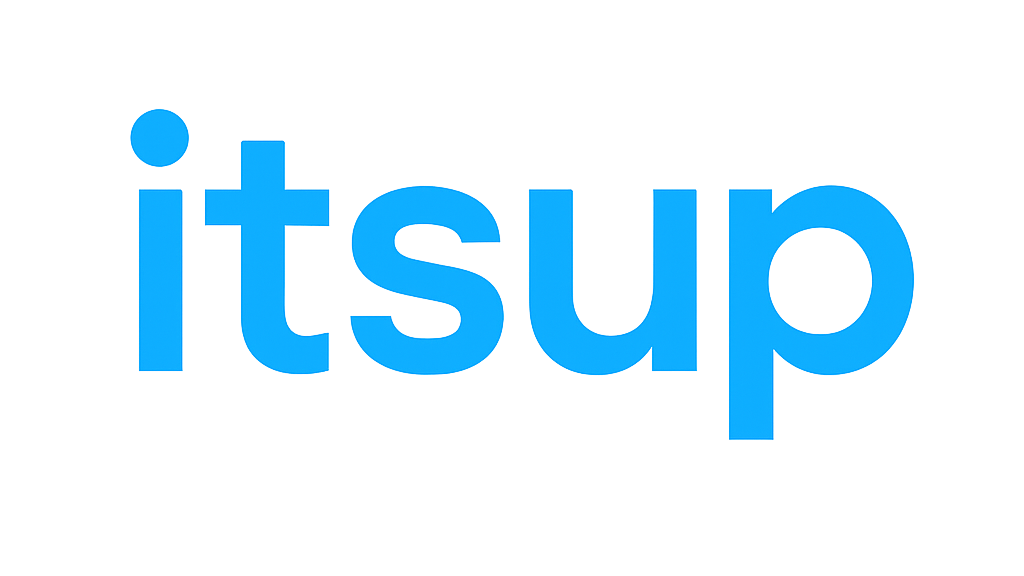How to be productive with Software as a Service tools

Software as a Service (SaaS) can boost productivity by doing tasks that are cumbersome to people.
SaaS is a buzzword in the twenty-first century. Some SaaS companies become Fortune 500 companies, almost overnight. The demand to use SaaS applications is steadily increasing as well.
Indeed, people opt to use SaaS applications to become efficient at their work. Efficiency at work means maximum productivity, with limited expended resources. Time and money are the resources we are referring to here.
So how does SaaS, in general, make a person productive? This post will explain how! We will use the words ‘software’ and ‘application’ interchangeably.
SaaS applications exists in a vast variety that targets nearly all the major industry types. Healthcare, academy, corporate, agriculture and many others, all have SaaS applications that support their operations.
Some of my favorite SaaS applications I use on the daily basis are Notion, Slack, OneDrive and Google Workspace.
I use Notion for note taking, and task organization, Slack for real time collaboration. OneDrive is my online storage and finally, Google Workspace for emails and working with documents, spreadsheets and other office tools.
Why SaaS?
So essentially, SaaS is just software. Traditionally, to use any software you must, first, install it on your computer.
SaaS changes that model. SaaS does not need installing on your local computer, however, it requires an internet connection. Internet connection plays an important role because SaaS applications are running on servers somewhere across the globe.
The use of SaaS application to improve productivity is one of the key conversion points when it comes to selling a SaaS service.
There are SaaS application for all sorts of manual and repetitive tasks that need automation. This ranges from simple to-do lists, to complex virtual workspaces.
So there are three important points to take note of when using a SaaS application.
1. Choose the right SaaS applications that solves your problems
You must choose the right SaaS applications to use. For example, there are lots of ‘to-do list’ SaaS applications available. Some are rich with features, whilst others choose to remain simple.
Knowing how to choose which one is better for your needs will help you adapt quickly it.
2. Know how to use SaaS applications you choose
To reap maximum benefits from using any SaaS application, you must know how to use it.
Understand the basic features first. These can bootstrap you into understanding and using more features.
It is always a good idea to check out the documentations that are available. It helps to reduce the length of time you want to teach yourself how to use them.
The more you know how to use your SaaS tools, the more productive you become.
3. Use the free or trial version
SaaS applications usually have a free version with limited features, or a trial version, with limited time to use its full features.
It is always good to use the trial or the free versions of those applications.
They definitely will help you decide whether they are the right ones you want to use, or to look for an alternative.
As a use case, Google’s free tools are good to start with. Gmail for emails. Google Docs for documents. Google Sheets for spreadsheets, and so many other free tools you can use to leverage your work.
As soon as you sign in to your Gmail, you have all those tools ready for you to use.
Other SaaS applications that you can try as well are Trello, Toggl, Clickup, Freshworks and Monday.com. These SaaS applications are quite sophisticated, but once you get a hang of them, they can be good tools to use.
In conclusion, identify problems that you think SaaS applications can help solve for you. Try using their free or trial versions, and get to know more of their features to make the most of them.
Start using SaaS applications today. They will help leverage your productivity.
